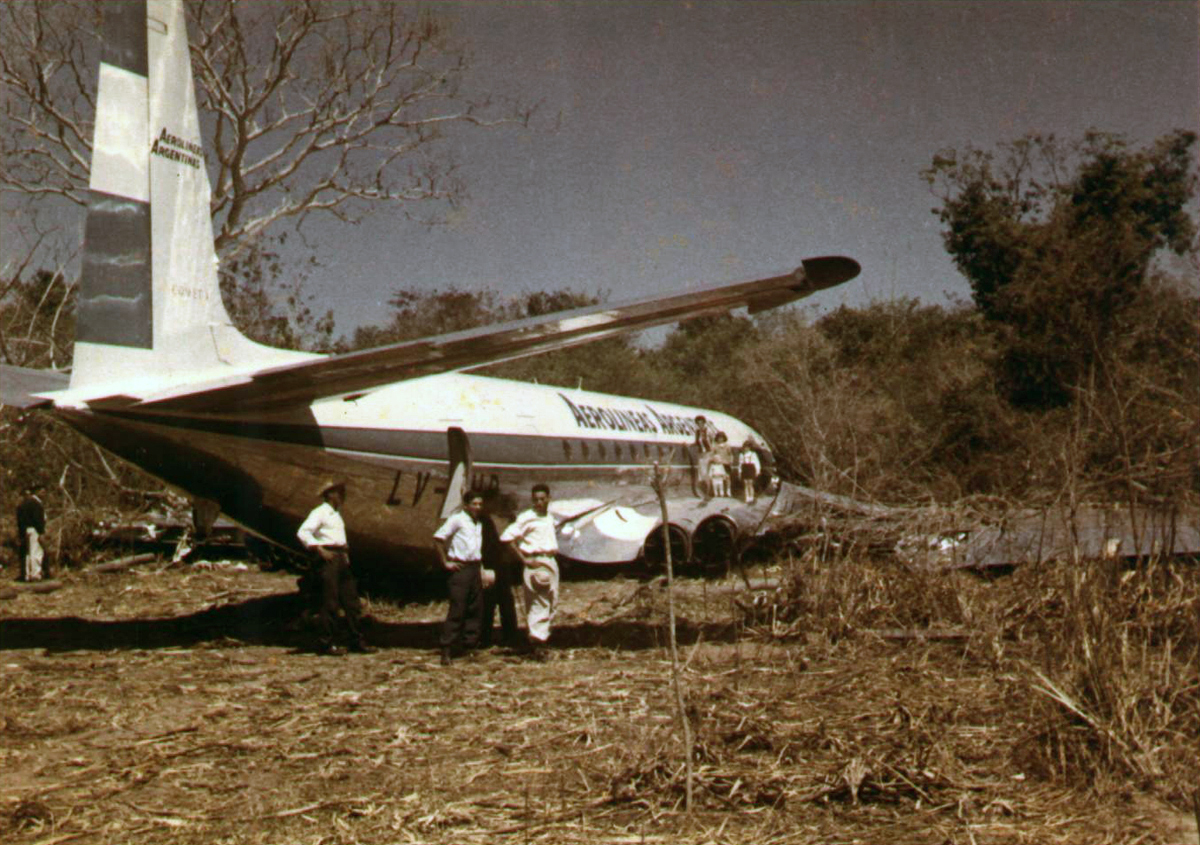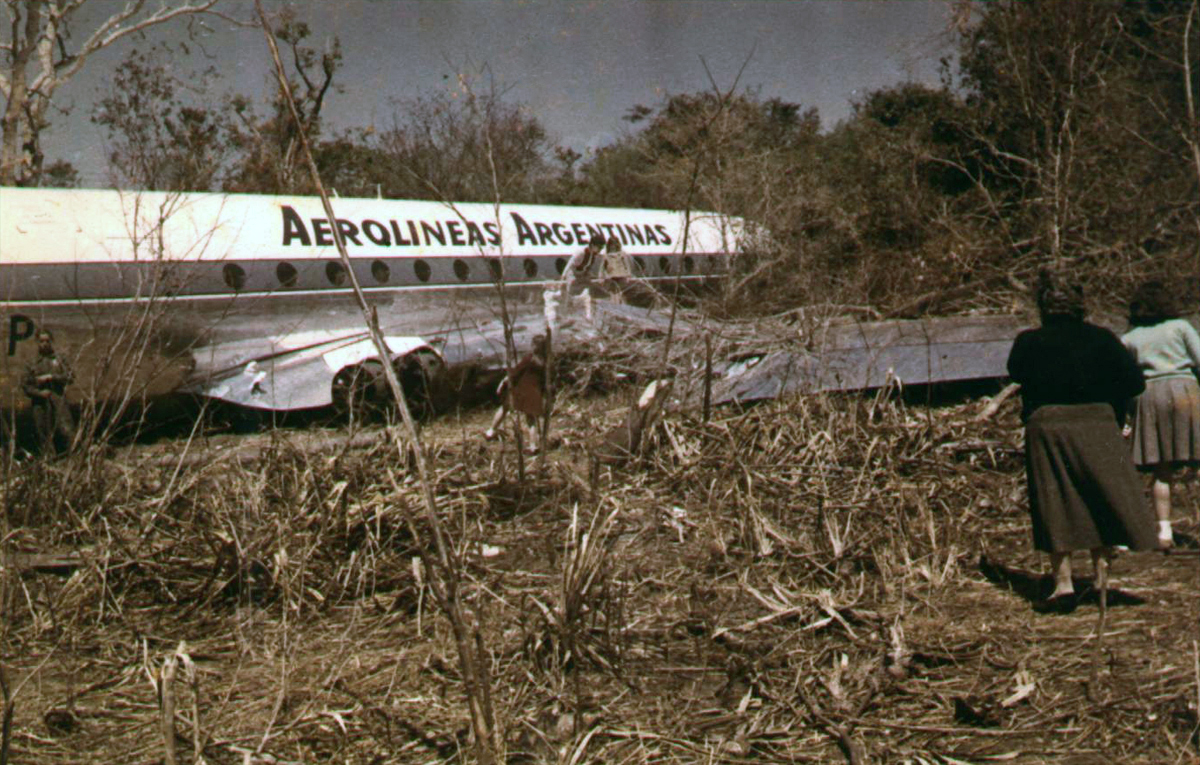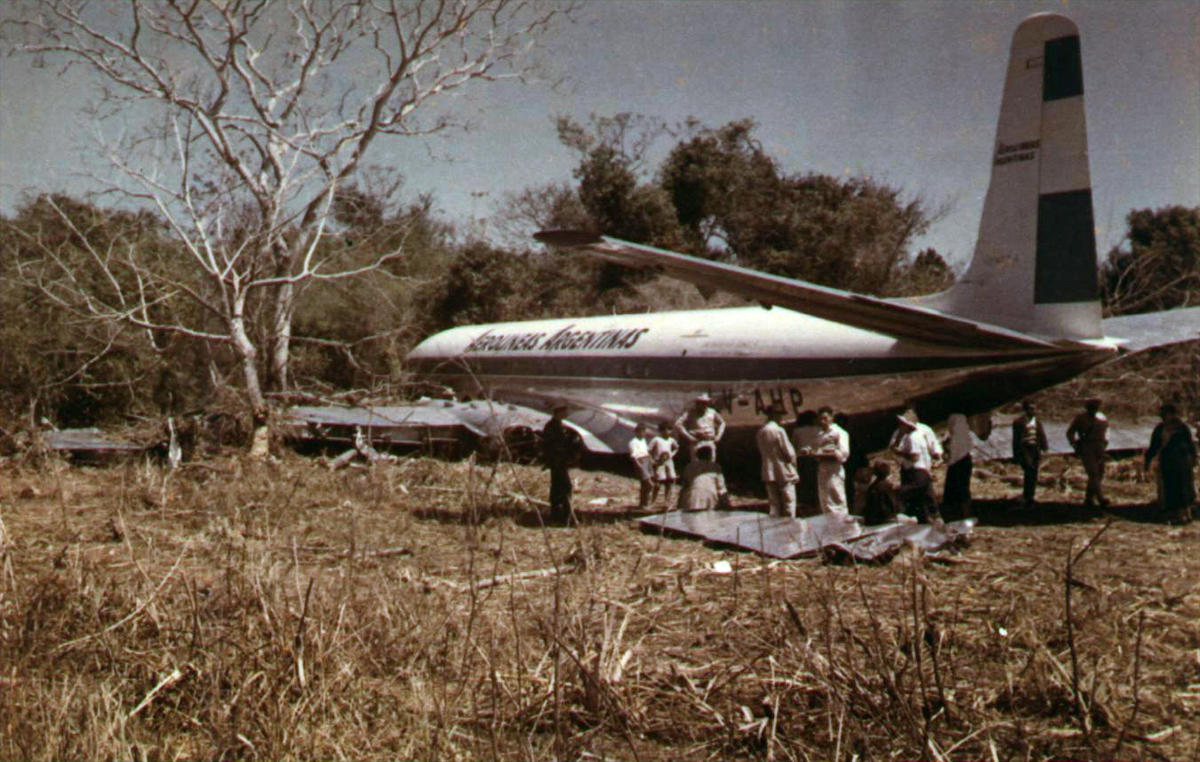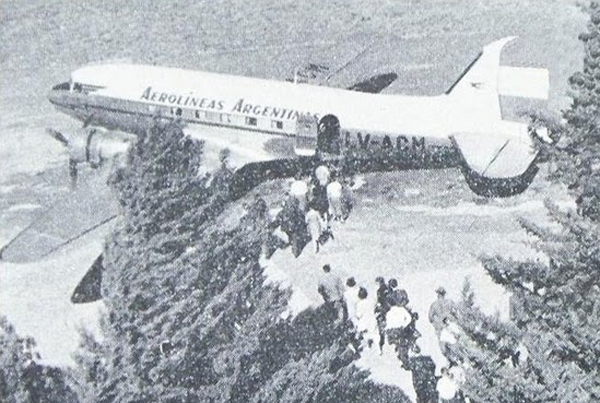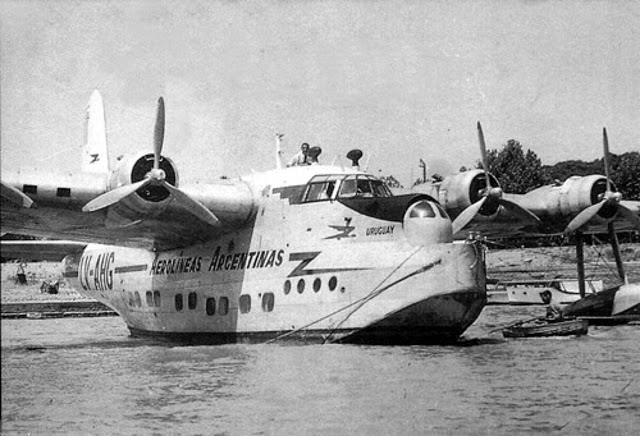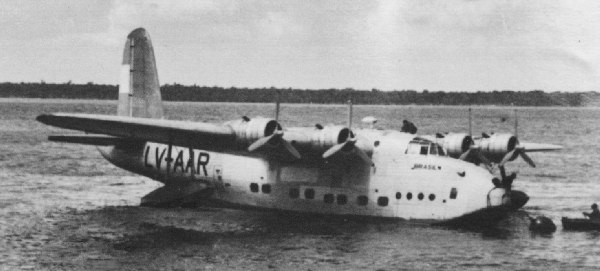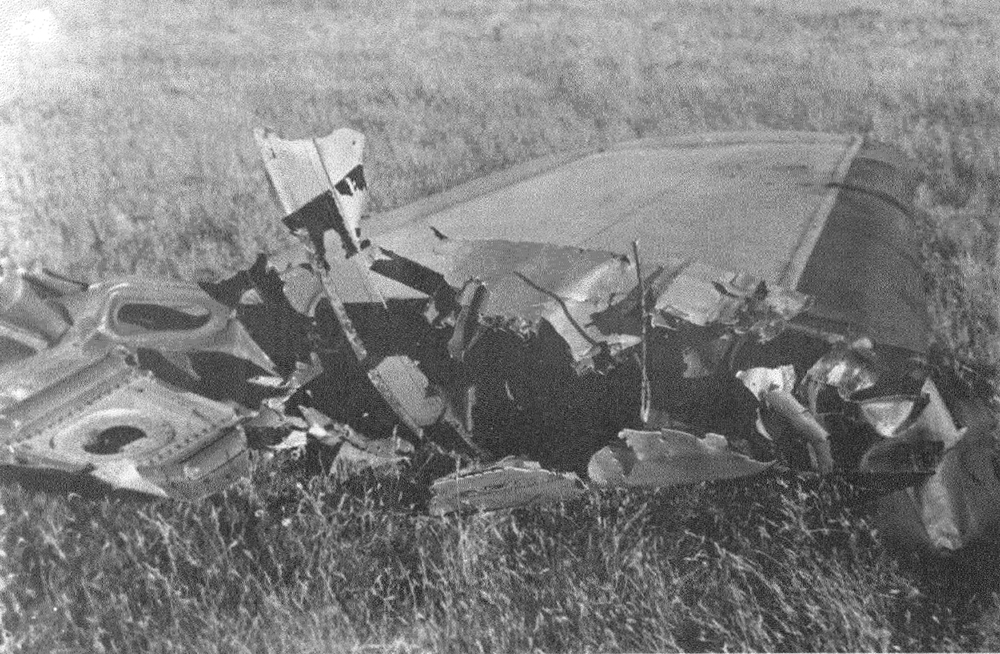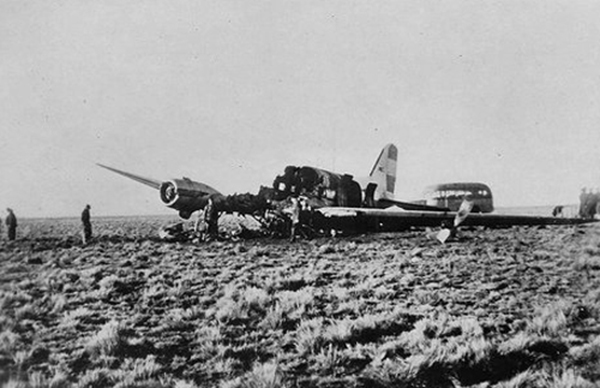Crash of a De Havilland DH.106 Comet 4 in Asunción: 2 killed
Date & Time:
Aug 27, 1959
Registration:
LV-AHP
Survivors:
Yes
Schedule:
Buenos Aires – Asunción
MSN:
6411
YOM:
1959
Crew on board:
6
Crew fatalities:
Pax on board:
44
Pax fatalities:
Other fatalities:
Total fatalities:
2
Circumstances:
On final approach to Asunción-Silvio Pettirossi Airport, the crew encountered marginal weather conditions with limited visibility. The four engine aircraft was too low, hit trees and struck the ground. On impact, the undercarriage were sheared off and the airplane slid for several yards before coming to rest in a wooded area. A crew member and a passenger were killed while all 48 other occupants were evacuated, some of them wounded. The aircraft was written off.
Probable cause:
The crew led the aircraft pass below the glide in marginal weather conditions and continued the approach at an insufficient altitude, against published procedures.
